Many people often experience recurrent heat symptoms. They take some heat-clearing medications, but after a few days, the heat returns, and ultimately, their stomach becomes increasingly cold, leading to diarrhea whenever they consume cold foods. What is going on? Today, Dr. Li will provide you with the answer to help improve this condition.
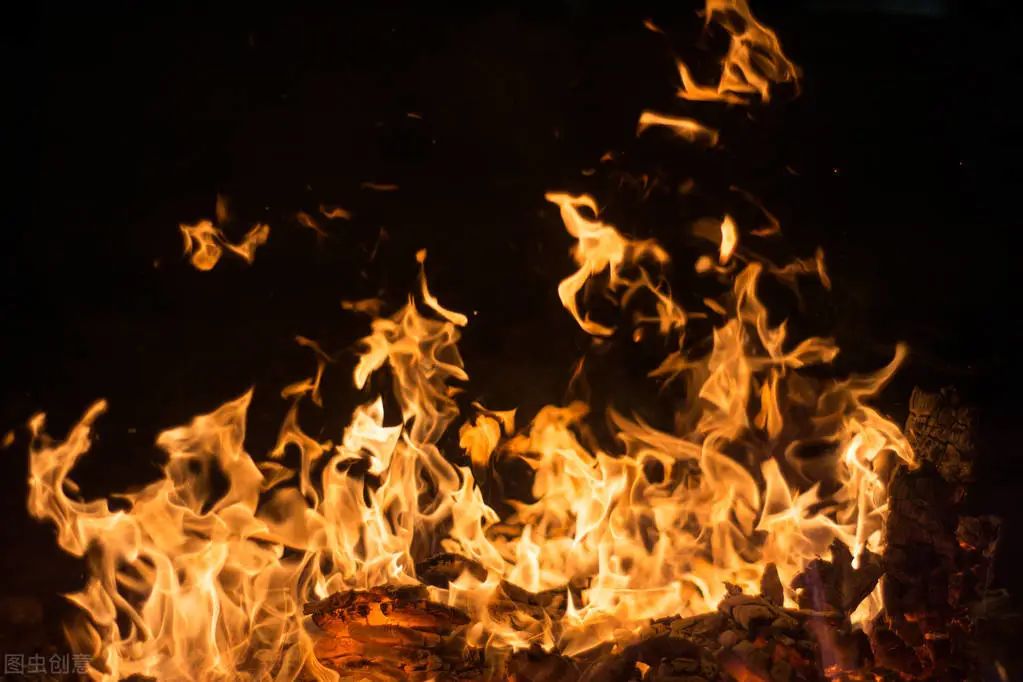
This phenomenon is referred to in TCM as “heat above and cold below.” First, let’s discuss what is meant by heat above. Here, heat refers to the upper jiao (上焦, shàng jiāo) being in a state of heat, which is described in the Treatise on Cold Damage (伤寒论, shāng hán lùn) as “heat in the chest.” Common symptoms include a feeling of heat in the chest, accompanied by dry retching or vomiting, recurrent oral ulcers, swollen and bleeding gums, and acne on the face. These symptoms are indicative of heat above.
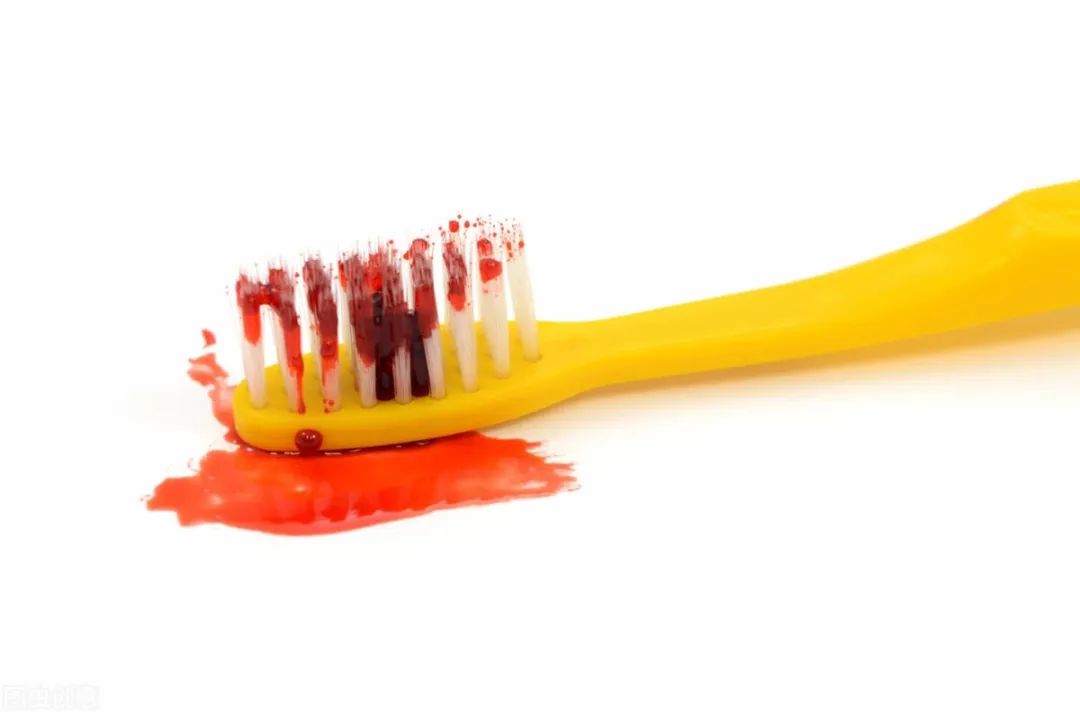
Cold below, on the other hand, refers to the middle jiao (中焦, zhōng jiāo), specifically the stomach and intestines being in a state of cold. This “below” is in contrast to the previously mentioned upper jiao. If you often experience diarrhea after consuming raw or cold foods, and you also have cold hands and feet year-round, along with a cold and painful abdomen, preferring warm foods and feeling comfortable after drinking hot tea, this indicates a condition of cold in the stomach.
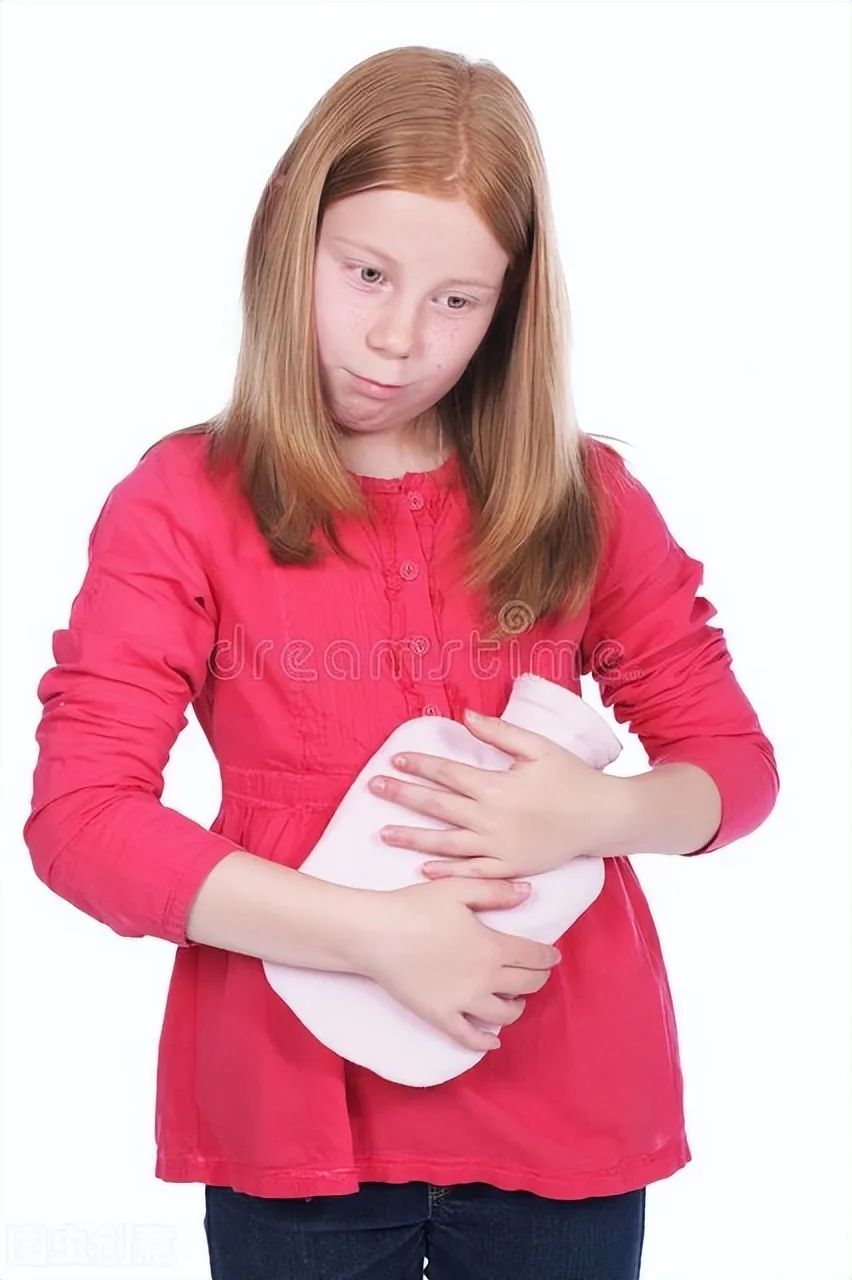
If you have the above-mentioned condition of heat above and cold below, taking heat-clearing medications may help to clear heat, but the cold can further damage the spleen and stomach, exacerbating the cold below. Some may say that clearing heat can lead to more cold, while warming and tonifying can increase heat. What can be done in such cases?
In fact, while the situation of having heat above and cold below is complex, we can clear the heat above and warm the cold below, treating both cold and heat simultaneously, which can yield excellent results.
Today, Dr. Li will share a formula that can clear heat above and warm below, specifically designed to treat this mixed condition of cold and heat.
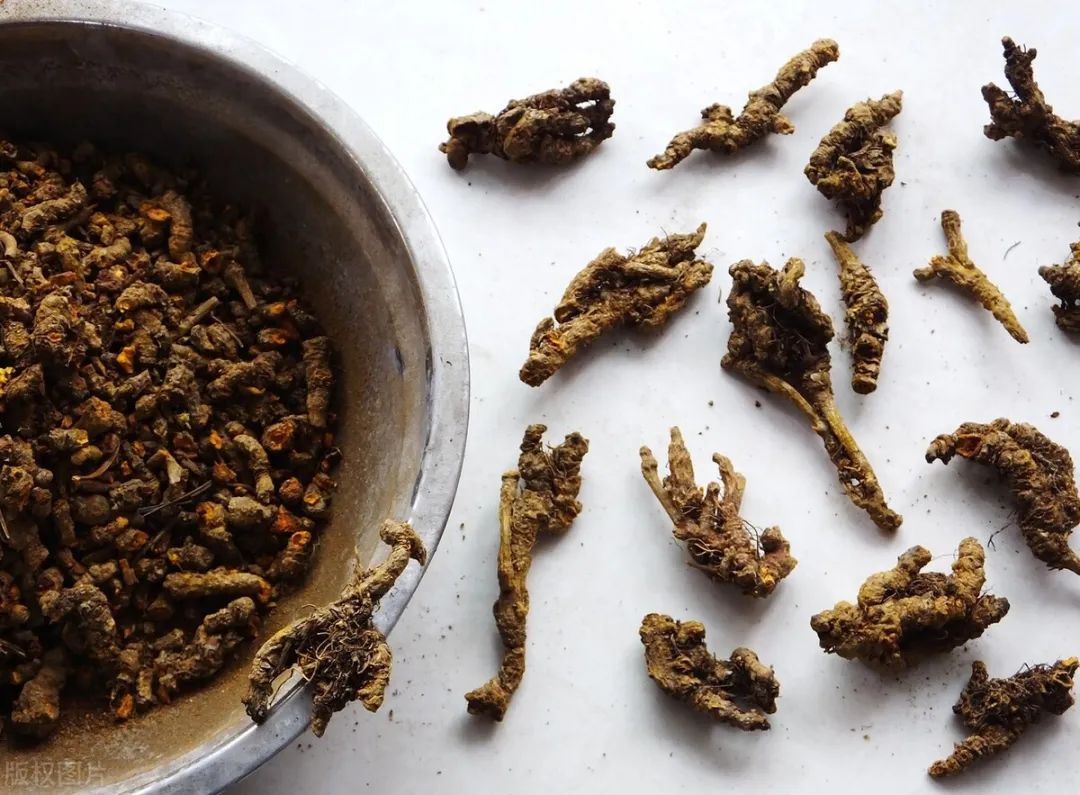
This formula is Huang Lian Decoction (黄连汤, Huáng Lián Tāng), composed of Huang Lian (Coptis chinensis), Gan Jiang (Dried Ginger), Gui Zhi (Cinnamon Twig), Ban Xia (Pinellia ternata), Ren Shen (Ginseng), Gan Cao (Licorice), and Da Zao (Jujube).
In this formula, Ban Xia is pungent and enters the spleen, stomach, and lung meridians, helping to dry dampness and transform phlegm. Everyone knows that Huang Lian is very bitter; it is cold in nature and enters the heart and liver meridians, helping to drain heart fire and clear liver heat. It is effective for those with irritability, insomnia, heart-kidney disharmony, and vomiting. Gan Jiang is also a pungent herb that enters the heart and lung meridians, helping to disperse cold and warm the interior. Gui Zhi is a common spice that is also a warming herb, entering the heart, lung, and bladder meridians, helping to warm the meridians and invigorate yang qi. It is beneficial for those with edema, phlegm retention, and heart yang deficiency. Additionally, Ren Shen, Gan Cao, and Da Zao help to tonify qi and protect stomach qi.
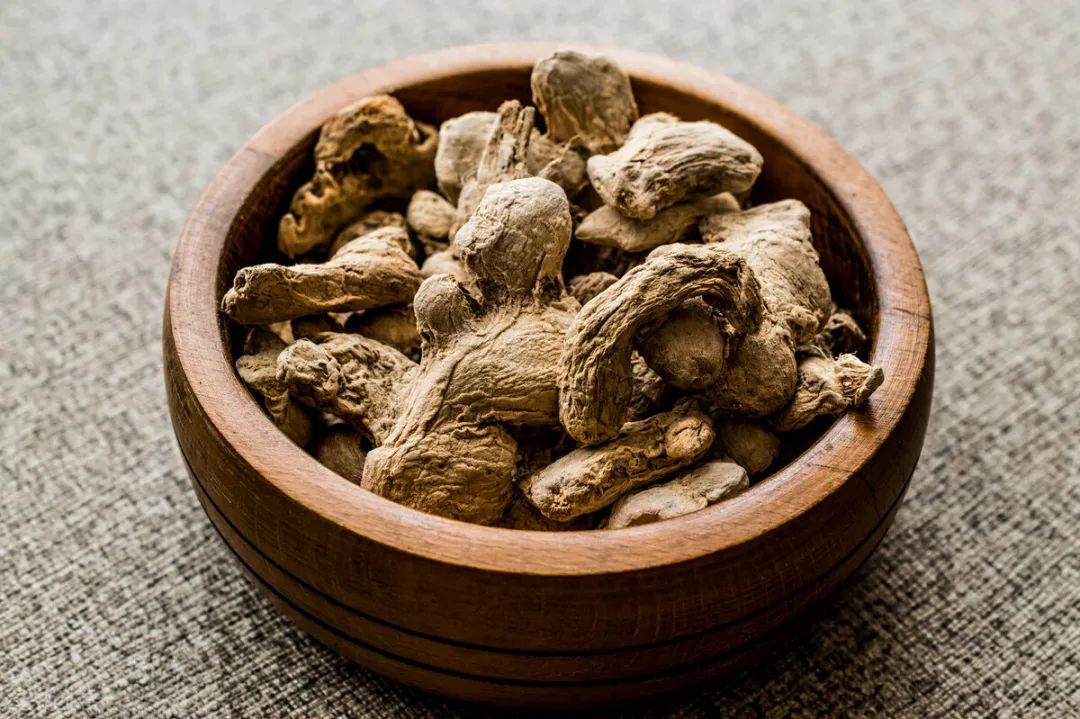
These herbs combined can clear heat above and warm cold below, harmonizing cold and heat, and improving the condition of heat above and cold below. If you have similar symptoms, you can use this formula under the guidance of a TCM practitioner.
Note: Some text and image resources in this article are sourced from the internet. The purpose of sharing this article is to convey more information. If there are any errors in source attribution or infringement of your legal rights, please notify us immediately, and we will delete it promptly and apologize.
Recommended Articles

